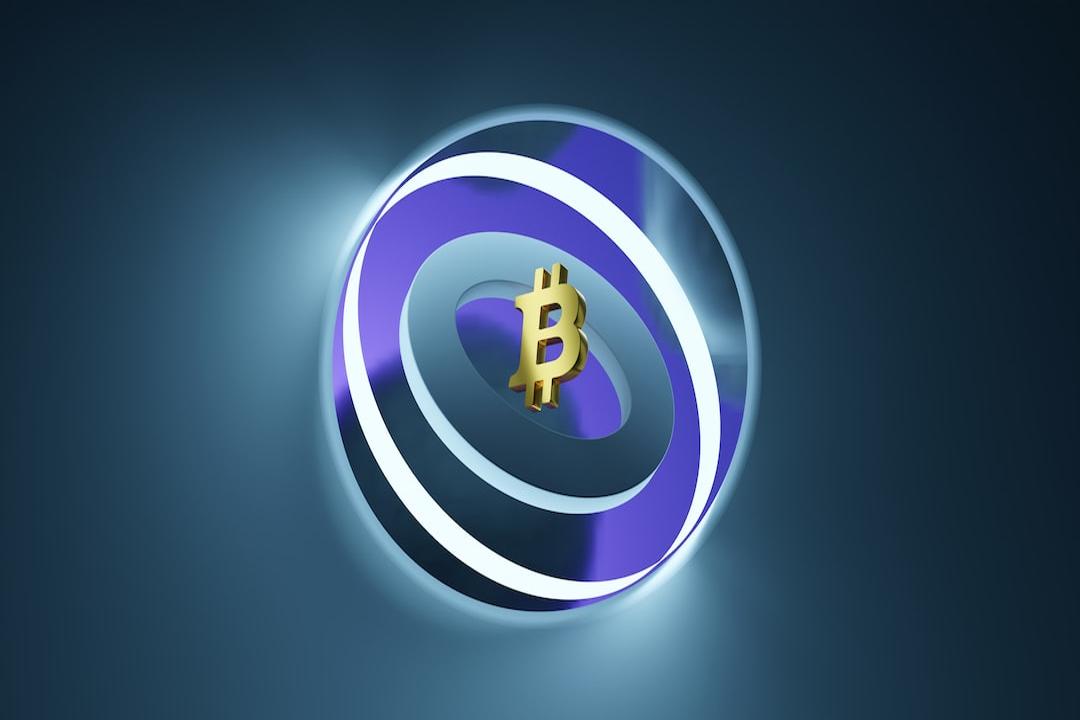AI is Becoming the Latest “General-Purpose Technology” After the Internet
OpenAI, the creator of ChatGPT, is at the forefront of this revolution. Today, OpenAI stands at a critical crossroads: will it become a generational giant like Google, or will it fade into obscurity like the search engine AltaVista from the 1990s? The market is currently focused on whether OpenAI can solidify its own “moat.”
OpenAI Holds Nearly 80% of Global Market Share
According to a report by JP Morgan cited by Fortune, OpenAI has captured 78% of the market share in terms of daily unique visitors to core AI model websites, while the remaining 22% is divided among six other competitors. Even Google’s parent company, Alphabet, with its Gemini, lags far behind OpenAI. Moreover, OpenAI is further widening this gap.
JP Morgan: OpenAI’s Innovative Moat is Too Fragile
However, JP Morgan analysts pointed out a concern: OpenAI’s “moat” stems from its lead in model innovation, which is quite fragile.
Analysts noted that, for example, despite the recently launched GPT-5 having several strong features, many users reported that the “experience was not impressive.” This indicates that the benefits of innovation may not be sustainable, and it is likely to lead towards “model commoditization” in the future.
The report stated that for OpenAI to maintain its lead, it must transform into a “product-oriented, diversified large organization,” an aspect it has not yet fully demonstrated.
Industry Experts: Capital and User Stickiness are OpenAI’s Moat
Robert Siegel, a lecturer at Stanford Business School and a venture capitalist, presented a different view. He believes that OpenAI already possesses strong “user stickiness.”
His logic is that the more frequently users engage with a particular AI model, the better the model understands user needs, making it harder for users to switch to other services. Moreover, as long as ChatGPT does not fall behind competitors in terms of results, users have no reason to leave.
Siegel pointed out that OpenAI’s strategy is “ubiquitous”:
- In 2022, it launched the free ChatGPT 3.5, which surpassed 1 million users within just five days and exceeded 100 million users in two months.
- Since its establishment in 2015, it has attracted significant investment, ensuring rapid expansion.
He believes that OpenAI uses capital as a moat to further scale up, ensuring it can “capture the market” faster than anyone else.
Open Source, Funding, and Governance Structures as Potential Threats
Both JP Morgan and Siegel acknowledge that there are still many variables for OpenAI. Firstly, there is the impact of open-source models, such as DeepSeek in China, which claims to achieve similar results at a lower cost. Secondly, funding is a concern, as hundreds of AI startups have flooded the market, potentially diluting venture capital.
Lastly, there are governance risks; OpenAI’s unique structure reportedly places a non-profit organization at the top, which may deter profit-seeking investors. Overall, while OpenAI is indeed in an excellent position within the AI industry, whether its “moat” is strong enough remains to be seen.
Risk Warning
Investing in cryptocurrency carries a high level of risk, and its prices can be highly volatile. You may lose your entire principal. Please assess the risks carefully.

